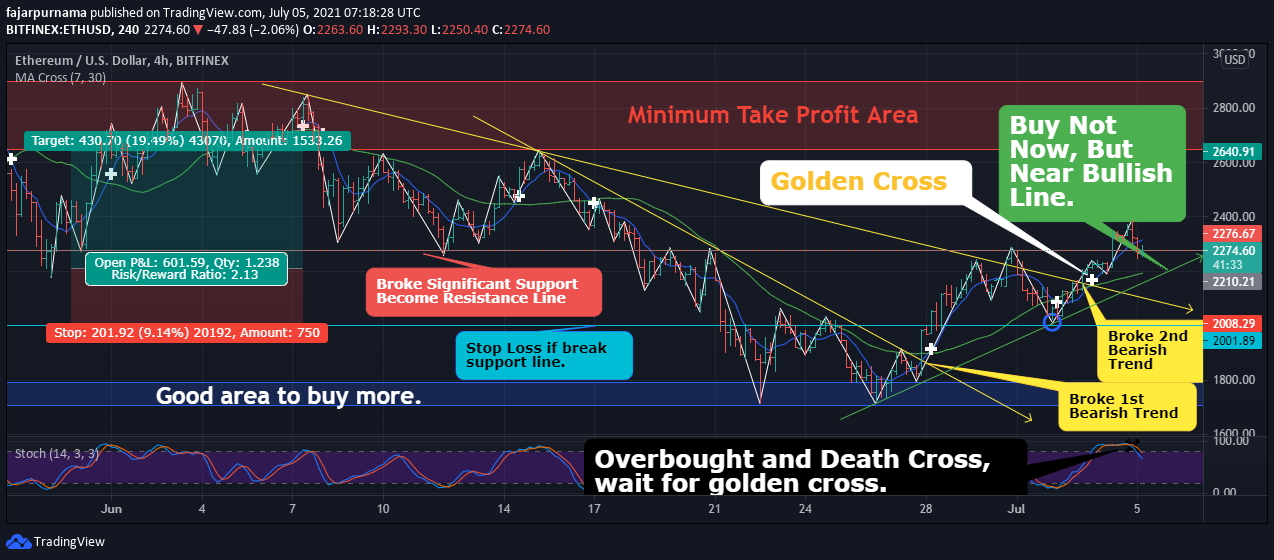Investing in the stock market can be an exciting and lucrative endeavor. However, it also requires careful planning, analysis, and decision-making. To succeed as an investor, it’s essential to have a comprehensive understanding of your trading activities and learn from both your successes and failures.
This is where a trading journal comes into play.
In this article, we will explore the best trading journal options available for users of the popular thinkorswim trading platform. We will discuss the importance of using a trading journal, its benefits in improving performance and decision-making, and criteria for selecting the ideal journaling tool.
Additionally, we will review and compare three top trading journals compatible with thinkorswim. Finally, we will provide tips on effectively utilizing a trading journal on thinkorswim to enhance your trading experience.
Introduction to thinkorswim Trading Platform
thinkorswim, developed by TD Ameritrade, is a popular trading platform known for its advanced features and user-friendly interface.
It offers real-time data streaming, customizable charts with technical indicators, paperMoney virtual trading accounts for practice purposes, advanced order types like stop-loss orders and trailing stops, access to news feeds and economic calendars, as well as a wide range of educational resources.
With these powerful tools at their disposal, traders of all levels can effectively analyze markets, execute trades, and manage portfolios.
Importance of Using a Trading Journal
A trading journal is essential for traders aiming to improve their performance and achieve consistent success. It serves as a record-keeping tool that allows systematic tracking of trades, providing valuable insights into trading habits and tendencies.
By documenting crucial information such as entry/exit points, trade size, strategies used, and emotional states, traders can identify patterns, strengths, weaknesses, and areas for improvement.
Analyzing past trades recorded in the journal enables data-driven decision-making, identification of successful strategies, avoidance of repeating mistakes, and refinement of trading plans over time. Furthermore, a trading journal fosters discipline and accountability by instilling a mindset of sticking to predetermined rules.
Criteria for Selecting the Best Trading Journal for thinkorswim
When choosing a trading journal tool that works seamlessly with thinkorswim, consider the following criteria:
- Compatibility: Ensure easy import of trade data from thinkorswim.
- User-Friendly Interface: Look for intuitive navigation and organized layout.
- Customization Options: Personalize fields and categories to meet your needs.
- Integration: Check if the journal can integrate with other investment tools or platforms.
By evaluating these factors, you can find a trading journal that enhances your trading experience on thinkorswim platform.
Review and Comparison of Top Trading Journals Compatible with thinkorswim
A trading journal is an essential tool for thinkorswim users to track and analyze their trades. Three popular trading journals compatible with thinkorswim are XYZ Trading Journal, ABC Trade Tracker, and DEF Portfolio Manager.
XYZ Trading Journal seamlessly integrates with thinkorswim, offering customizable fields to record trade information. Users appreciate its user-friendly interface and advanced analytics features.
ABC Trade Tracker has a clean interface and allows customization of fields for documenting trade parameters. Users value its simplicity and advanced filtering capabilities.
DEF Portfolio Manager tracks individual trades and manages overall portfolios on thinkorswim. It offers detailed analytics and user-friendly portfolio-level analysis features.
These trading journals cater to different needs, allowing traders to choose based on their specific requirements.
Pros and Cons of Using a Digital Trading Journal for thinkorswim
A digital trading journal for thinkorswim has its advantages and limitations. It provides easy access to historical trade data from anywhere, automates data importation, offers advanced analytics features, and integrates with other investment tools. However, reliance on technology may lead to data loss or system failures.
New users might face a learning curve, and some journals require a subscription fee. Traders should weigh these pros and cons when deciding whether to use a digital trading journal on the thinkorswim platform.
How to Effectively Utilize a Trading Journal on the thinkorswim Platform
To improve your trading performance, it’s essential to utilize a trading journal on the thinkorswim platform. Establish a routine for consistent entries and updates, recording details like entry/exit points, strategies used, and emotions experienced during trades.
Regularly review and analyze your journal entries to identify patterns and areas for improvement. Leverage additional features provided by thinkorswim, such as customizable reports and visual representations of data, to gain deeper insights into your trading patterns.
By utilizing this powerful tool effectively, you can make more informed decisions and achieve success in the markets.
Tips for Maintaining Discipline and Consistency with Your Trading Journal on thinkorswim
Maintaining discipline and consistency with your trading journal on thinkorswim is essential for improving your performance. Here are some tips to help you stay on track:
-
Set reminders or alerts on your phone or computer to prompt regular updates to your trading journal. Consistency is key.
-
Create a structured format for recording trade data that suits your preferences. This will make it easy to read and access specific information when needed.
-
Utilize thinkorswim’s features, such as watchlists, scanning functionality, paperMoney accounts, and advanced charting options, to enhance tracking and analysis capabilities.
By following these tips, you can track your progress, learn from past mistakes, and make more informed trading decisions. Stay disciplined and consistent in maintaining your trading journal for optimal results.
Choosing the Best Trading Journal for thinkorswim Users
A trading journal is a crucial tool for traders looking to improve their performance. For thinkorswim users, it’s important to select a journal that integrates seamlessly with the platform and offers customization options.
Top trading journals compatible with thinkorswim include XYZ Trading Journal, ABC Trade Tracker, and DEF Portfolio Manager. Each has unique features tailored to different trading styles.
To make the most of your trading journal, establish a routine for consistent entries and accurately record relevant information. Regularly reviewing your entries and leveraging thinkorswim’s features will enhance tracking and analysis.
In summary, choose a trading journal that aligns with thinkorswim’s capabilities. Establish consistent entries, record accurately, review regularly, and leverage platform features for improved trading insights.
[lyte id=’t8qw5p03GWE’]







